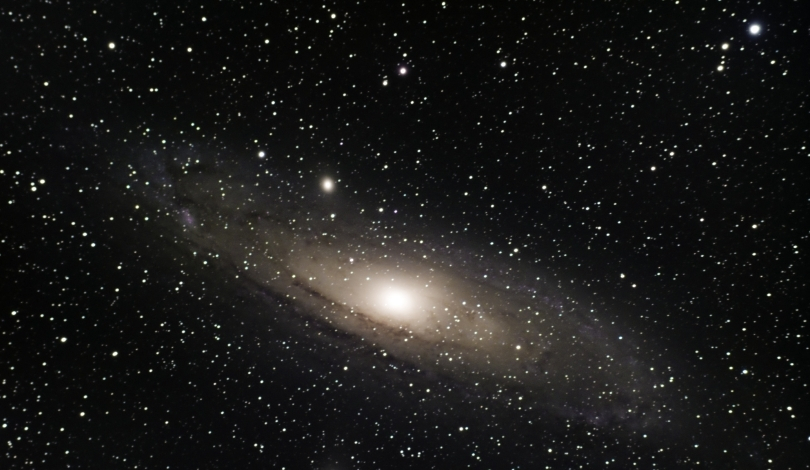Detecting life beyond Earth has long been a scientific pursuit, focusing primarily on identifying microbial organisms in extreme environments. Recently, researchers have made strides in simplifying this search by developing a test that observes the movement of microbes in response to specific chemicals. This advancement could streamline future missions aimed at uncovering extraterrestrial life forms within our Solar System.
How Does the L-Serine Test Work?
The method involves using the amino acid L-serine to trigger chemotaxis, the movement of organisms toward a chemical stimulus. In controlled laboratory settings, three types of microbes responded by moving towards L-serine, indicating potential signs of life. This behavioral response serves as an accessible marker for detecting living organisms on other planets.
Which Microorganisms Were Tested?
The study examined two bacteria and one archaea, known for their resilience in extreme conditions. Among them, Bacillus subtilis can survive temperatures up to 100°C, while others withstand environments as cold as -2.5°C. Their ability to thrive in such harsh conditions makes them suitable analogs for potential extraterrestrial microbes.
Can This Test Be Applied in Space Missions?
Adapting the test for space missions requires modifications to function autonomously without human intervention. The current experimental setup uses a microscope slide with separate chambers for microbes and L-serine. Future iterations will need to incorporate advanced sensor technologies to operate effectively in extraterrestrial environments.
Previous efforts to detect alien life have relied on complex instrumentation and extensive data analysis. This new approach offers a more straightforward method by focusing on the fundamental behavior of microbes in the presence of specific chemicals. By simplifying the detection process, scientists hope to enhance the efficiency of future exploratory missions.
The promising results from this study provide a practical tool for the ongoing search for life beyond Earth. Understanding microbial responses to L-serine not only aids in identifying potential habitats but also paves the way for more targeted exploration strategies. This method could significantly contribute to our knowledge of where life might exist within our Solar System.
Future research will likely explore additional chemicals and environmental conditions to further refine the detection process. Integrating this test with other scientific instruments could offer a comprehensive approach to identifying and confirming the presence of extraterrestrial life. As technology advances, the likelihood of discovering alien microbes becomes increasingly attainable.










